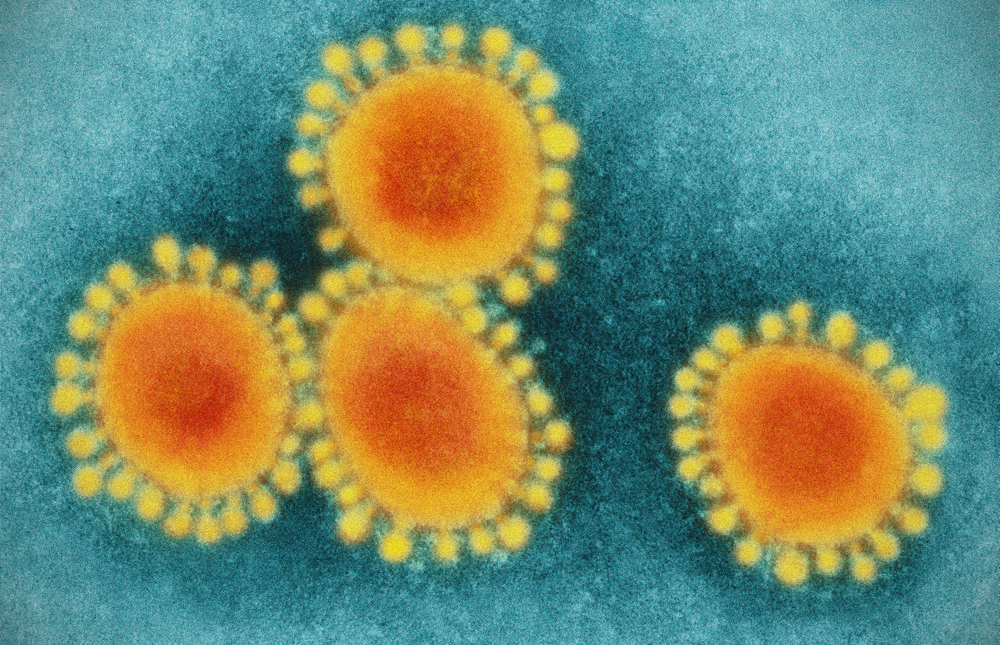
What is it?
Barmah Forest virus disease is a common and important cause of arthritis in Australia.The virus was first isolated from mosquitoes trapped in the Barmah Forest of northern Victoria. Human infection is acquired through mosquito bite. Most people infected with the virus do not show clinical signs or symptoms and go unnoticed. Clinical disease occurs most commonly in adults from 20 to 50 years of age.
The incubation period (time between the bite by a mosquito carrying the virus and the start of symptoms of infection) is 7-9 days on average but may range between 4-14 days. The usual symptoms are joint and muscle pain, fever and in some cases a rash, headaches and fatigue. The fever may be mild and go unnoticed. The rash involves the chest, back and limbs. The joints of the legs and hands are most often affected and back pain is also relatively common. The illness tends to subside over time with occasional relapses of joint pain and fatigue.
Most cases of infection occur in coastal regions with large populations of the mosquitoes that may carry the virus but cases are occasionally reported in inland areas. Australia is the only country in which BFV has been identified. The disease is present in northern Queensland, the Top End of the Northern Territory and the far north of Western Australia. Further south, infections rates are lower but outbreaks still occur in coastal regions.
In recent years the number of reported cases has increased substantially. Disease activity tends to be epidemic following spring and summer rains, because carrier mosquitoes are more likely to breed under such conditions.
The symptoms of the disease are similar to those of the Ross River virus. It is generally considered that the Barmah Forest virus causes a milder illness than Ross River virus and is more likely to cause a rash. However, the similarities between the Barmah Forest virus illness and those of the Ross River virus disease indicate the need to confirm that the correct diagnosis has been made using laboratory tests.
Tests and treatment
Tests
Suspected cases are confirmed by blood tests measuring two classes of antibodies, IgG and IgM.
Diagnosis can only be regarded as conclusive if a seroconversion to IgG (result goes from negative to positive) or four-fold rise in IgG antibody titre is detected in two blood samples taken at least two weeks apart, one at the beginning of illness and the second one 2-4 weeks later.
IgM antibody is a class of antibodies which are often used as indicators of recent infection. However, it is important to remember that in Barmah Forest virus disease this class of antibodies may be detected for long periods of time after the infection (18 to 48 months) and false-positive results with some test systems are not uncommon, particularly if you are infected with a different virus (cross-reaction). False-positive results have also been seen in individuals with autoimmune disease. When clinically important, it may be useful to have positive IgM antibody results verified by a reference laboratory. Testing for Barmah viral nucleic acid (RNA) can also be performed by reference laboratories but its use is limited to early in the disease course.
Diagnostic laboratories are required by law to report all positive cases to local public health units.
Prevention and Treatment
Prevention of Barmah Forest virus infection involves protecting yourself from mosquito bites.
There is no specific treatment for Barmah Forest virus infection. Symptoms of joint pain and fever can be treated with painkillers and anti-inflammatory drugs.
Common questions
Usual symptoms are joint and muscle pain as well as fever and in some cases rash, headache and fatigue. The fever may be mild and go unnoticed. The rash involves the chest, back and limbs. The joints of legs and hands are most commonly affected and back pain is also relatively common.
At least half of patients with the disease are well enough to return to work within a month of the onset of symptoms but about one in ten may be still suffering with joint pain after three months. The illness tends to subside over time with occasional relapses of joint pain and fatigue. The good news is that the virus does not cause permanent damage to joints and that eventually the symptoms will stop.
No, this disease is passed through the mosquito bite rather than human-to-human contacts.
It is generally considered that infection with Barmah Forest virus results in long-term immunity to the disease.
No, there is no vaccine available. The most effective way to prevent infection is to protect yourself from mosquito bites while indoors and outdoors.
More information
What is Pathology Tests Explained?
Pathology Tests Explained (PTEx) is a not-for profit group managed by a consortium of Australasian medical and scientific organisations.
With up-to-date, evidence-based information about pathology tests it is a leading trusted source for consumers.
Information is prepared and reviewed by practising pathologists and scientists and is entirely free of any commercial influence.